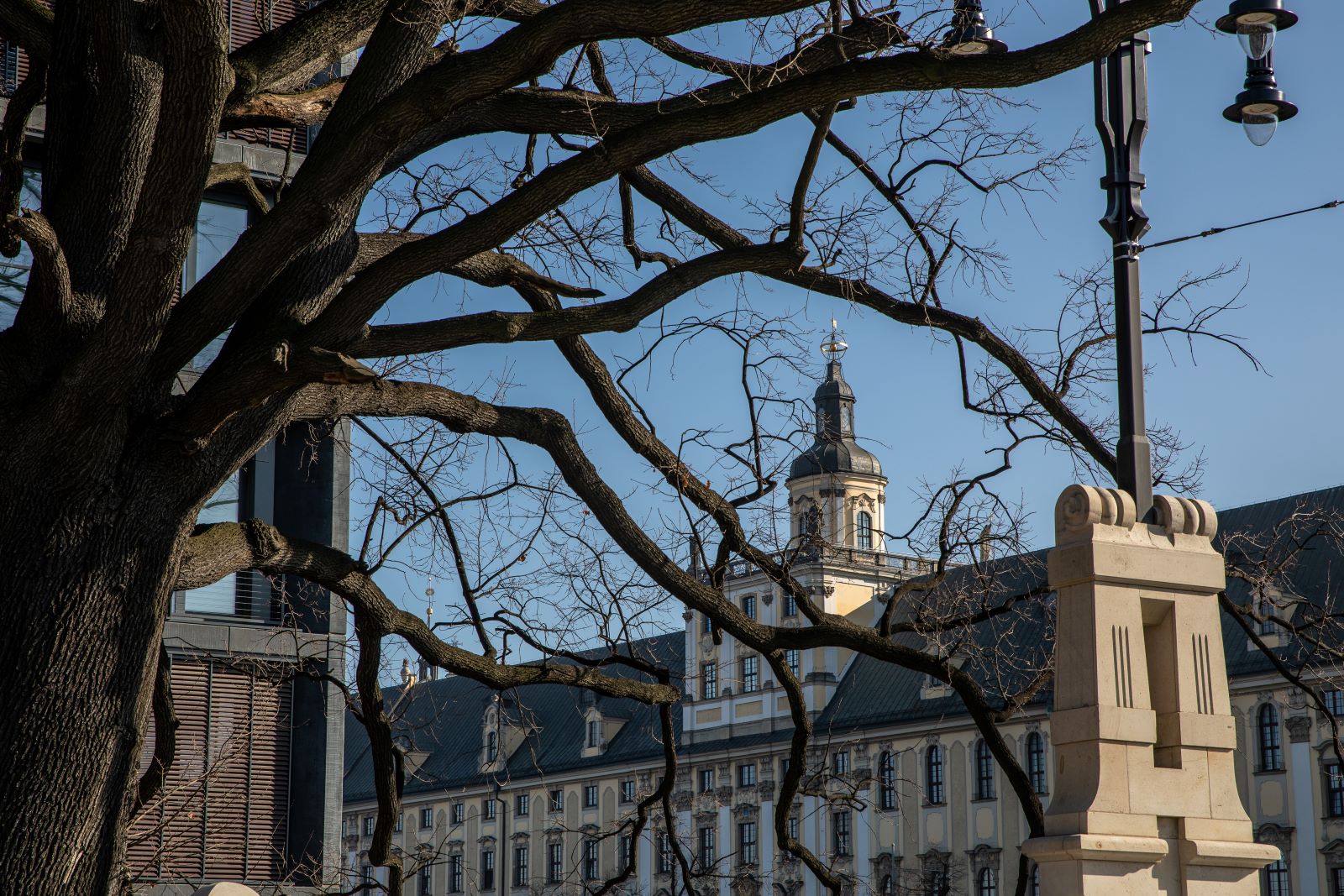
Pearls of Science for our young researchers
Among the 60 applications selected for funding by the Ministry of Science and Higher Education as part of the ‘Pearls of Science II’ programme, there were four from our University. The grants will go to our young scholars and researchers Magdalena Szmitka, Jagna Rita Sobel, Kacper Rosner – Leszczyński and Bartosz Rusin.
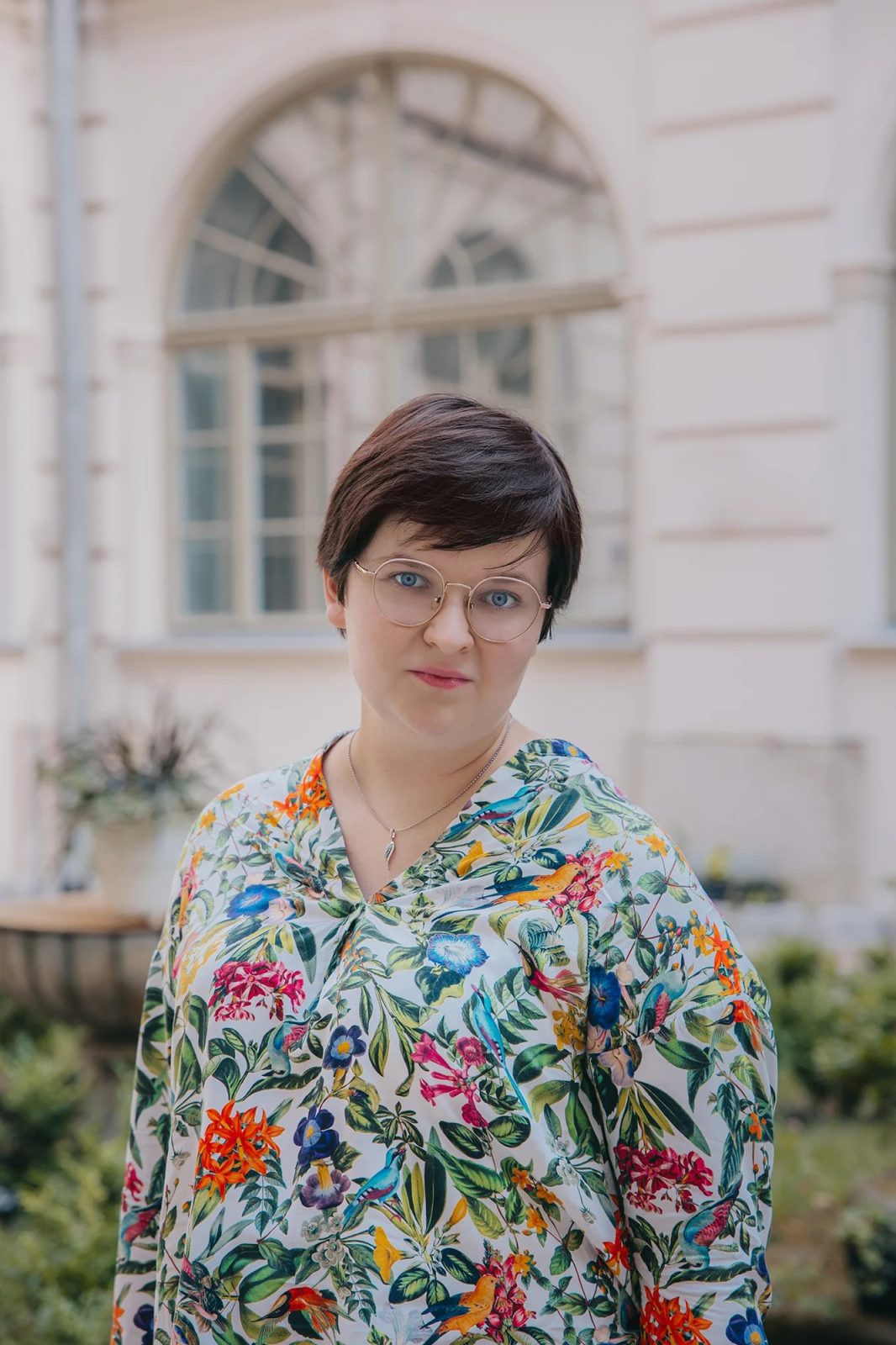
Jagna Rita Sobel‘s project “Documents and Chancellery of Wrocław Bishop Henry of Wierzbna (1302-1319)” aims to trace the development of the Wrocław bishop’s chancellery during the pontificate of Henry of Wierzbna (1302-1319). It will therefore be a continuation of research into this chancellery in the 13th century, which has been conducted at our University to date by dr Anna Skowrońska and prof. Rościsław Żerelika. The form used in it will be analysed, as well as the ductus and dictum used in documents issued by Bishop Henry. An important task will also be to look at the chancery staff, especially the role of Canon Arnold of Zwróca, who is credited with reforming the institution. Finally, the research carried out as part of the project will provide answers to the question of how the bishop’s document functioned as a means of social communication in medieval Silesia. The project’s scientific supervisor is dr hab. prof. UWr Marek L. Wójcik (UWr Historical Institute).
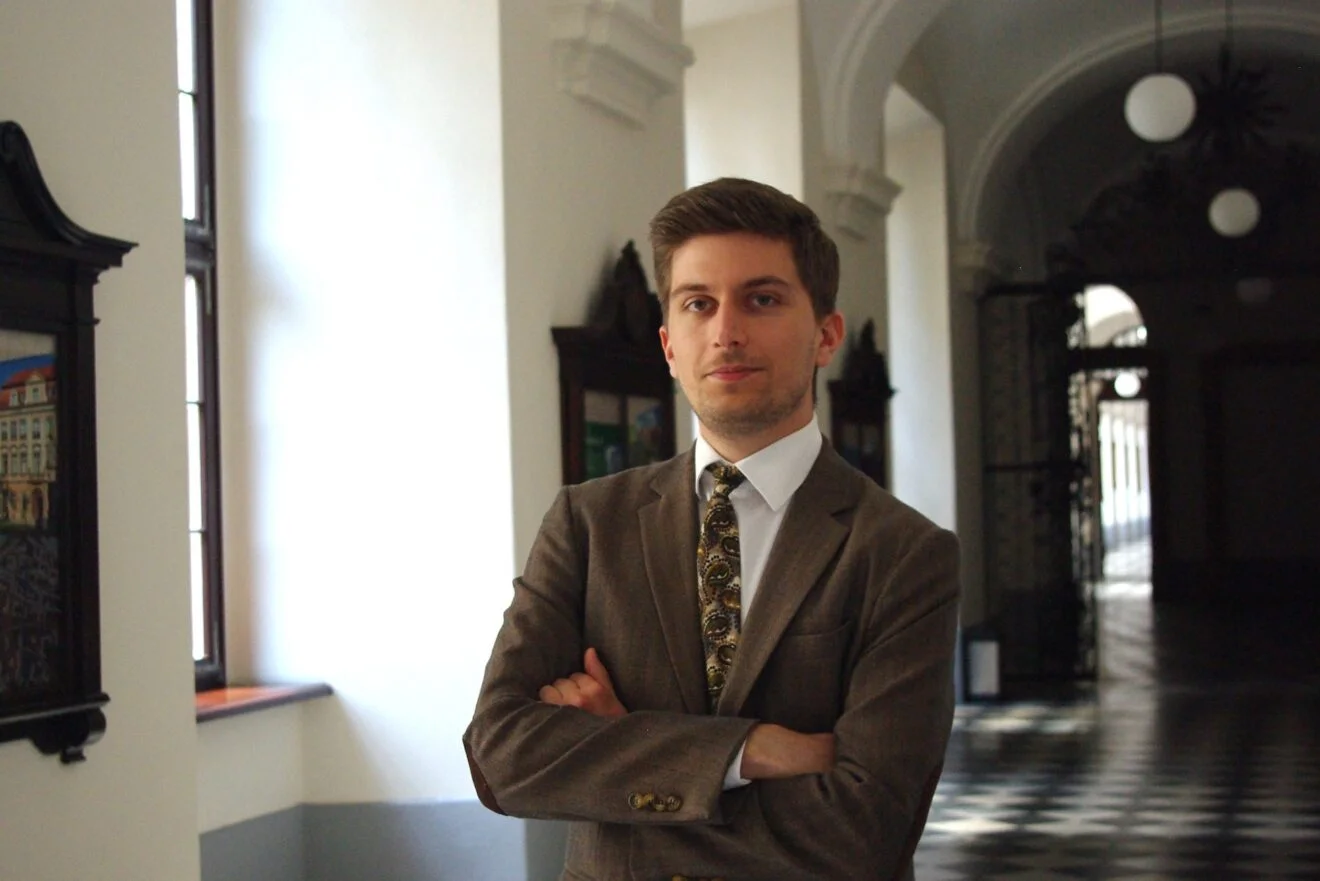
Kacper Rosner-Leszczyński‘s project “Traces of War in the ”Recovered Territories’ – Taming and Perception by New Residents-1945-1949’ focuses on investigating the attitude of residents who arrived in the territories annexed to Poland after 1945 towards the visual traces of the Second World War. The basic research question is: – did the traces of the Second World War influence the process of taming the landscape by the settlers? In order to find an answer to this, he decided to analyse diaries, journals and documents produced by former residents. The aim of the project is not only to demonstrate the differences in the settlements in the various regions of the ‘Recovered Territories’, but also to understand the process of adaptation and recycling of objects directly associated with militarism and the tragedy of the Second World War.
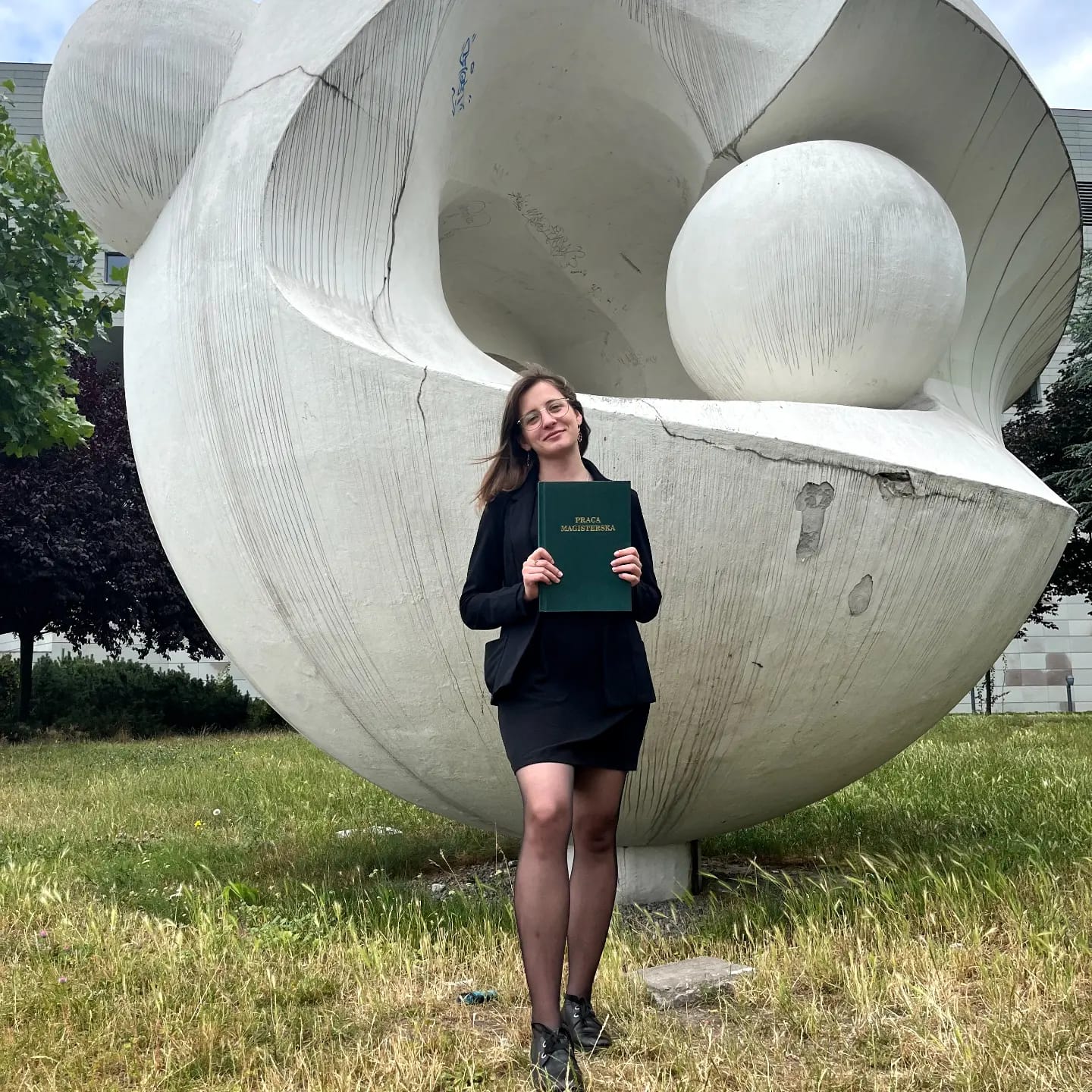
The main objective of the project ‘Towardsferroptosis of drug-resistant cancer cells: new Fe(II)/Fe(III) phosphine complexes’ by our chemist Magdalena Szmitka (1st year of Doctoral School ) is the synthesis and detailed characterisation of new FeII/FeIII complexes leading to ferroptosis of drug-resistant cancer cells. Such systems will furthermore consist of mono- and di-phosphines which are derivatives of biologically active amines (homopiperidine or homopiperazine). Different metal centres may exhibit different coordination geometries and redox capabilities, while ligands may additionally exhibit different biological activities. In addition, metal ions have a high affinity for biologically important intracellular thiols, which can significantly disrupt the intracellular redox balance, lead to protein and enzyme dysfunction and even to the accumulation of lipid peroxides inside the cell, resulting in cell death through so-called ferroptosis. The project’s scientific supervisor and supervisor is dr Urszula Komarnicka.
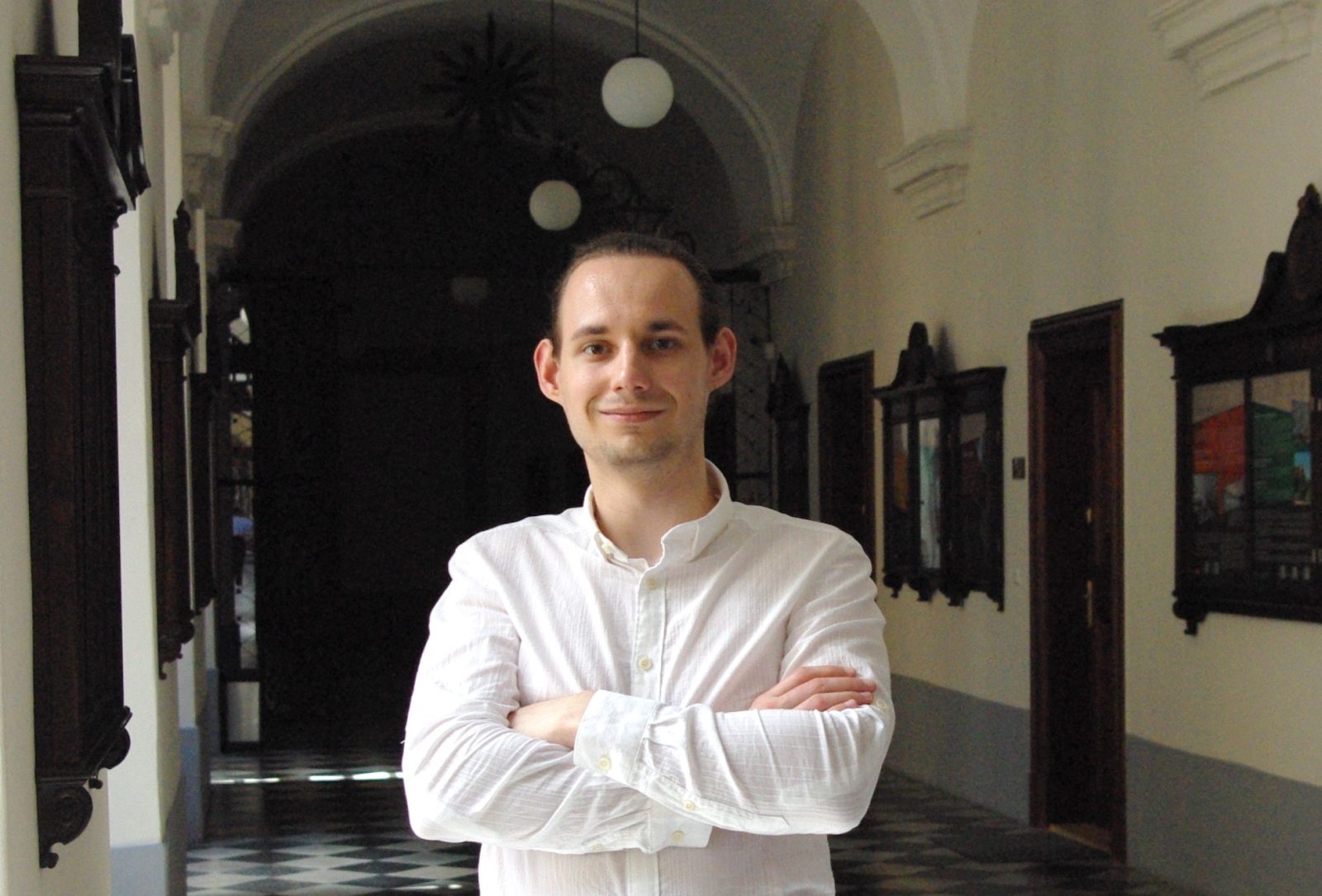
The aim of Bartosz Rusin‘s project entitled ‘Superconductivity in high entropy alloys crystallising in CsCl and CuAl2 type structures’ (PLN 239,800) is to search for new high entropy superconductors. Up to now, the attention of researchers dealing with superconducting HEAs has mainly focused on simple BCC-type crystal structures. In my project, I would like to focus my attention on new superconducting HEAs with structures slightly more complex, i.e. CsCl and CuAl2, in order to study these systems for better critical parameters. I hope that my research will contribute to finding new materials that can then be used, for example, in the construction of superconducting magnets. The scientific supervisor of the project is dr hab. Rafał Idczak, prof. UWr.
Complied by Katarzyna Górowicz-Maćkiewicz
Date of publication: 19.12.2024
Added by: M.J.



